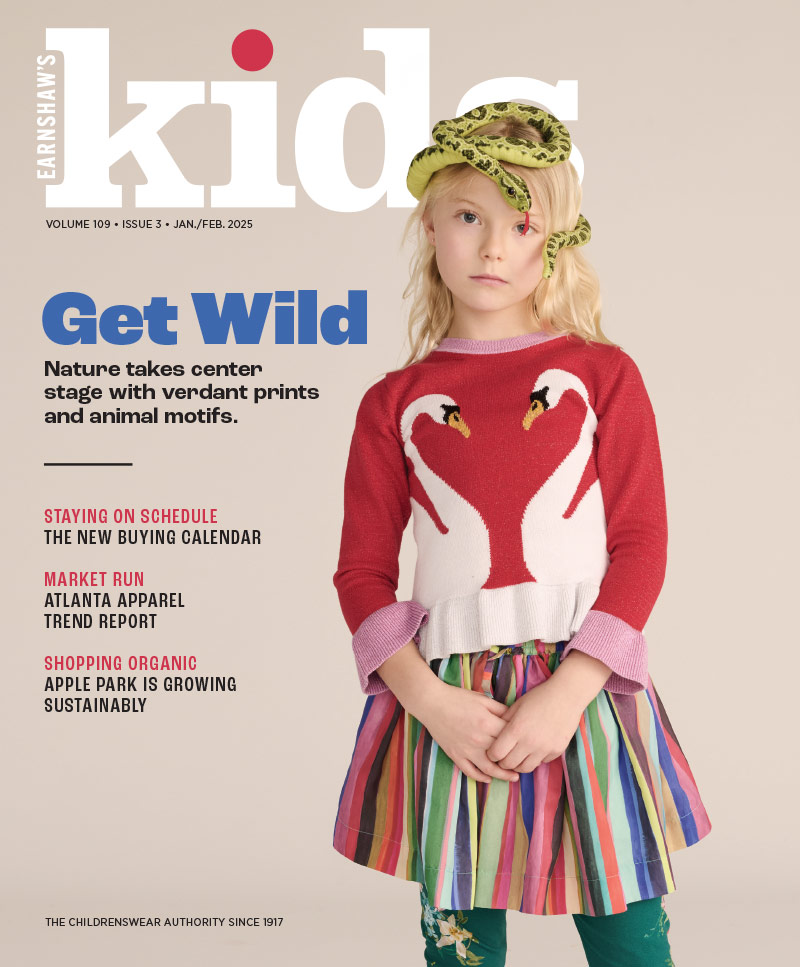With social-media-savvy Millennials shaping the fashion narrative, marketing is more important than ever.
Almost a decade ago, my husband and I—then doe-eyed college grads—decided to try our hand at swing dance lessons. To say it went poorly is an understatement. We paid for seven classes but quit after the first two.
But, but, but, that Gap khaki commercial made it look so easy! Remember the one? Set to “Jump, Jive an’ Wail,” it featured a brigade of khaki-wearing swing dancers performing acrobatic moves with ease. The ad debuted in 1998, the same year that the Brian Setzer Orchestra released a hit cover of the classic tune, kicking off a decade of ill-fated swing dancing lessons across the country.
I started thinking of that quintessentially-cool commercial in the wake of Gap’s announcement that it will close 175 stores across North America, following an entire year of monthly same-store sales losses. It didn’t take long for an army of reporters and bloggers to offer their assessment of where Gap went wrong: Retail analysts chalked it up to the decline of mall-based shopping (something we covered here in Earnshaw’s last month), as well as the surging low-price and fast fashion segments. (There’s probably something to this theory: After all, Old Navy, which is owned by Gap Inc., is thriving.) The New York Times attributed the losses to “management blunders, a revolving door of executives and, by its own executives’ admission, uninspiring fashion.” But the main culprit, by and large, seemed to be the latter. Here are just a few descriptions of Gap’s style stumbles, according to bloggers: “baggy cuts,” “bland colors” and “an overload of chambray.”
Those bloggers should take another look at that 1998 commercial. The dancers were wearing khaki, for goodness sake—the uniform of soccer moms and middle-management executives everywhere—and it wasn’t just cool, it was iconic. Not to mention, those simple chinos were paired with olive tanks and black T-shirts. The Gap has always thrived by making unremarkable fashion remarkable, from denim jeans to basic tees. In other words, it was normcore before normcore.
I can’t take credit for that idea: Gap itself tried to express the sentiment last year by launching a couple of new ad campaigns encouraging its customers to “Dress Normal.” They even recruited two of the most lauded film directors of the past decade, David Fincher and Sofia Coppola, to direct commercials. Tastemakers at Vanity Fair and Ad Age approved—but did anyone actually see those commercials? I polled our entire office, and no one could recall watching a single one.
In fact, no one could remember seeing a Gap commercial in years, a sad statement for a company that was once known for its fun, festive, celeb-studded spots. By scaling back its marketing efforts, Gap let a new generation of shoppers drive the narrative for its brand. Its beloved basics became “baggy” and “boring” instead of necessary and essential.
It’s a cautionary tale for brands and retailers everywhere: When times are tough, it’s easy to think that marketing and advertising efforts are expendable. But if you aren’t telling the story of your brand, then who is? The answer: No one, or even worse, a horde of aspiring social media stars, seeking as many re-tweets as possible for their dubiously incisive wit.
With all of the money brands put into buying, merchandising, accounting and hiring—the bricks of brick-and-mortar retail—it’s unfortunate when they don’t make the equally necessary investment in brand identity. If you build it, they may come. Or they may not. We all know that consumers have more options than ever when it comes to spending their hard-earned dollars. But if you can convince shoppers they want to come by, that they actually need to come by, then you’ve already won half the battle for retail supremacy.
And if you can convince them to take swing dance lessons, you’ve won the war.




Leave a Comment: